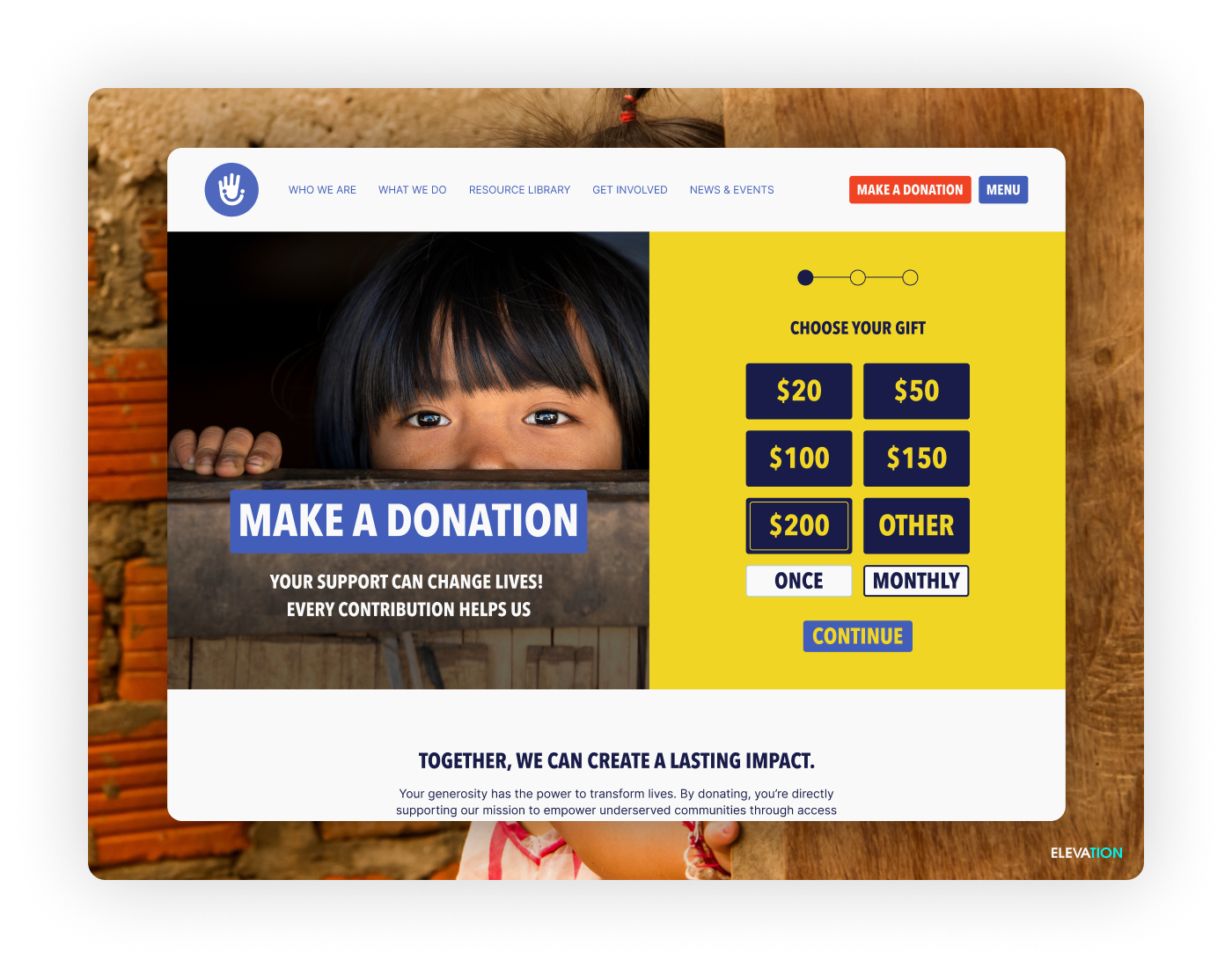Your nonprofit’s board members have a number of responsibilities, from planning capital campaigns and creating annual budgets to leading effective marketing campaigns. With several people working on different nonprofit initiatives, it can be difficult to keep everyone on the same page.
A great way to tackle this challenge is by improving your communication strategy. By keeping everyone up to date on your nonprofit’s projects, your board members can work more efficiently to advance your organization’s mission. Working as a single, united front will lead to productive board meetings, increased board member satisfaction and, overall, set your nonprofit up for success.
In this article, we’ll walk you through four communication tips you can use to enhance your board’s operations:
- Develop a nonprofit strategic plan.
- Create a schedule for your board meetings in advance.
- Build out a communication cadence.
- Consult with an expert.
Your board directly impacts your nonprofit’s efficiency, so a strong communication strategy is essential to ensure that your organization can meet its goals. Let’s begin.
Develop a nonprofit strategic plan
Before you can improve your communication, you’ll need to create a nonprofit strategic plan. A nonprofit strategic plan is a bold plan of action that aligns your nonprofit’s goals with its values so you have a clear roadmap for the future. This ensures that everyone is on the same page with your nonprofit’s initiatives and each board committee knows how they’ll work to achieve them.
Use these guidelines to set firm goals and develop an overarching blueprint:
- Assess everything your organization has done to date and identify gaps in your strategies. Consider questions such as: What were our past successes and challenges? What are our weaknesses? How can we adjust our strategies to improve our chances of success? Take a deep dive into your nonprofit to understand obstacles and how you can remove these to help your organization grow.
- Align your goals with your nonprofit’s values to develop a cohesive plan for the future. This can be done by engaging board and staff members in an action-oriented forum and allowing different people to voice their suggestions. Here, your priorities will start to take shape, which will help your nonprofit make decisions that are consistent with your objectives.
- Act on your priorities with a plan that outlines tangible steps your nonprofit can take to improve its approach. For example, if fundraising has been challenging for your nonprofit, you’ll need to lay out a concrete fundraising plan for the future. Your plan of action should include responsibilities for each board committee, performance indicators to measure your progress and a timeline for completion.
Once you have a nonprofit strategic plan, make sure to review it at least once a year and make adjustments as needed based on the state of your nonprofit. Ensure that each board member is familiar with your plan and understands their individual role in achieving your nonprofit’s goals. Once everyone has this baseline understanding, you can then build on your communication strategy to execute your strategic plan.
Create a schedule for your board meetings in advance.
Although the IRS expects nonprofit boards to meet at least once a year to maintain 501(c)(3) status, more frequent meetings can keep board members engaged and help tasks get done more efficiently. How often your organization should meet depends on your nonprofit’s unique needs and the scope of its operations, but most nonprofits meet quarterly or every other month.
Once you know how frequently your board meetings will take place, create a meeting schedule one year in advance. This should include the dates and times for your meetings as well as the location if meeting in person. Planning ahead will prevent board members from planning other activities at the same time as your meetings, leading to an increase in attendance.
To get a better idea of what days and times work best for your board, send out a survey or get everyone’s feedback at your next meeting. You can also use this as an opportunity to determine whether in-person or virtual meetings work best for members.
Build out a communication cadence.
Your board may have a regular meeting schedule, but are you communicating between and in preparation for your board meetings? If your board members aren’t in contact with each other outside of meetings, your meetings will be less productive and board members may even lose interest due to a lack of engagement.
To combat this, you’ll need to roll out a communication cadence that encourages regular check-ins to keep everyone in the loop. Incorporate the following best practices to build your communication strategy:
- Prepare and distribute board documents at least a week in advance of your meetings.
- Ensure board members are in contact and sharing important updates between meetings.
- Build in engagement opportunities for board members, such as group volunteering, to make them feel more connected to the mission.
To facilitate better communication, consider investing in board software. Choose a board software that allows board members to store and access important documents, send messages and create team-focused workspaces so members can easily collaborate with each other. You’ll see a multitude of benefits from investing in a technology solution, including better time management, higher levels of productivity and happier, more engaged board members.
Consult with an expert.
A nonprofit expert can help identify gaps in your board’s current operations and develop an action plan that makes the most sense for your organization. For example, if your fundraising and finance committees are struggling to communicate effectively and come up with a strategy to increase revenue, it would be beneficial to work with a fundraising consulting firm.
According to Aly Sterling Philanthropy, a consultant can help energize your board for greater efficiency and determine how different team members can best work together to improve your nonprofit. By conducting evaluations several times each year, a consultant will address potential issues such as the productivity level of your meetings and individual board member contributions. Based on their findings, they can help you refine the structure of your board to promote better communication.
Before hiring a nonprofit consultant, ensure that all of your board members approve and are open to accepting the consultant’s constructive feedback. This helps promote trust and transparency among members, which will lead to improved working relationships.
Your board has valuable potential to push your nonprofit closer to meeting its mission, but without a strong communication strategy, it will be difficult to achieve this goal. Take a deep dive into your nonprofit’s current practices and assess ways you can improve your communication strategy. Use this knowledge to develop an action plan that will satisfy board members, boost engagement and enhance productivity. Remember to actively involve your board members in this process and channel their different ideas into tangible next steps. Good luck!



